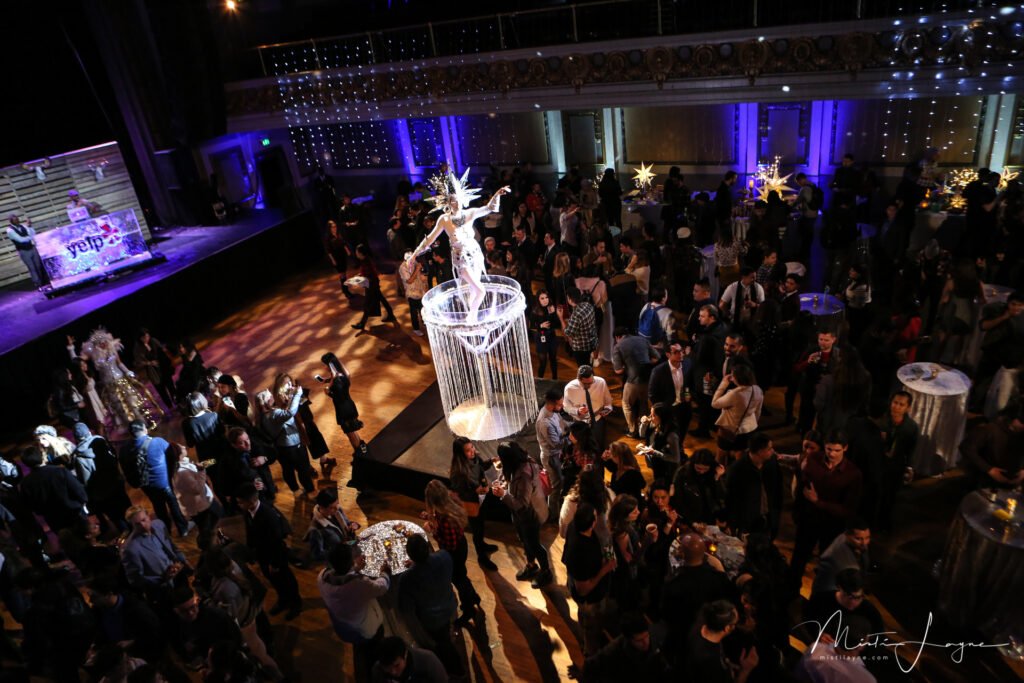Revolutionizing Audience Interaction Through Immersive Virtual Reality Experiences within Real-time Performances
Revolutionizing Audience Interaction Through Immersive Virtual Reality Experiences within Real-time Performances
Blog Article
Within recent years, virtual VR has become a powerful tool for enhancing audience engagement in live productions. This technology allows viewers to immerse oneself in a 3D setting, crafting a distinct encounter that traditional media cannot replicate. Through utilizing VR, creators can transport audiences into the core of the action, making them feel as if they are part of the show. This groundbreaking method not just enchants viewers but also opens up new opportunities for narrative and engagement.
A of the primary benefits of using VR in real-time performances is the capability to forge a greater engaging encounter. Audiences can interact with the performance in the moment, shaping the result or discovering different viewpoints. For instance, in a theater show, viewers wearing VR headsets can choose to follow specific characters or scenes, allowing them to tailor their experience. This level of engagement fosters a deeper connection between the audience and the performance, rendering it even unforgettable and impactful.
Moreover, VR technology can improve the visual and sound elements of a live performance. Using top-notch visuals and audio engineering, creators can create stunning environments that attract viewers in. This engaging characteristic can elevate the overall experience, making it more captivating and pleasurable. For instance, a musical performance can be converted into a multi-sensory experience, where fans feel as if they are on in front with the artists. Such improvements not only draw bigger viewers but also promote return attendance, as viewers seek to relive the excitement.
In addition enhancing viewer involvement, VR can also offer insightful data for creators. Through analyzing how audiences interact with the virtual setting, creators can collect data on audience preferences and behaviors. This information can guide future productions, helping to tailor content to better satisfy the needs and wants of the viewers. As a consequence, VR not just enhances the present experience but also contributes to the evolution of live productions as read here a complete entity.
With the advancements progressing to advance, the potential for VR in live productions is immense. Ranging from stage shows and musical events to athletic events and festivals, the possibilities are endless. By embracing this cutting-edge method, creators can transform the way viewers experience live entertainment. With an increasing number of producers investigate the integration of VR, it is likely that we will witness a change in how performances are designed and delivered, ultimately resulting to a greater immersive and interactive future for real-time performances.